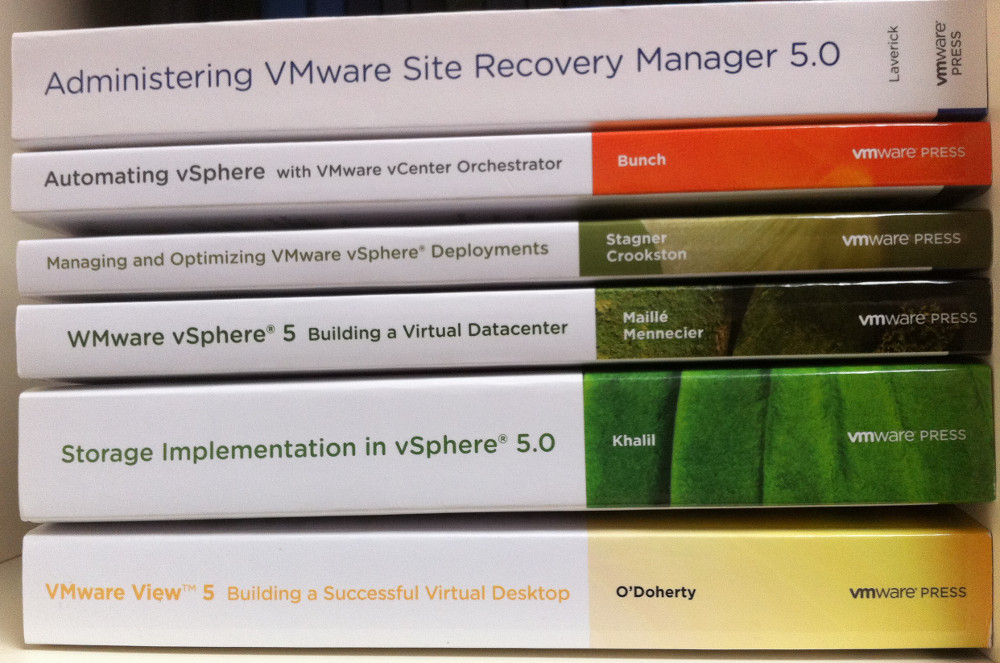One of the big announces at the .NEXT Conference, was the introduction of erasure coding across nodes (in RAIN configuration) in Nutanix Operating System (NOS) version 4.1.3 (actually it’s a tech preview).
Nutanix Erasure Coding–X (EC-X) is a proprietary, native, patent pending, implementation of Erasure Coding. With EC-X, Nutanix customers are able to increase their usable storage capacity by up to 70%.
As written in a previous post, Erasure Coding (EC) is a way to implement data proctection in storage systems instead of using RAID techniques.



